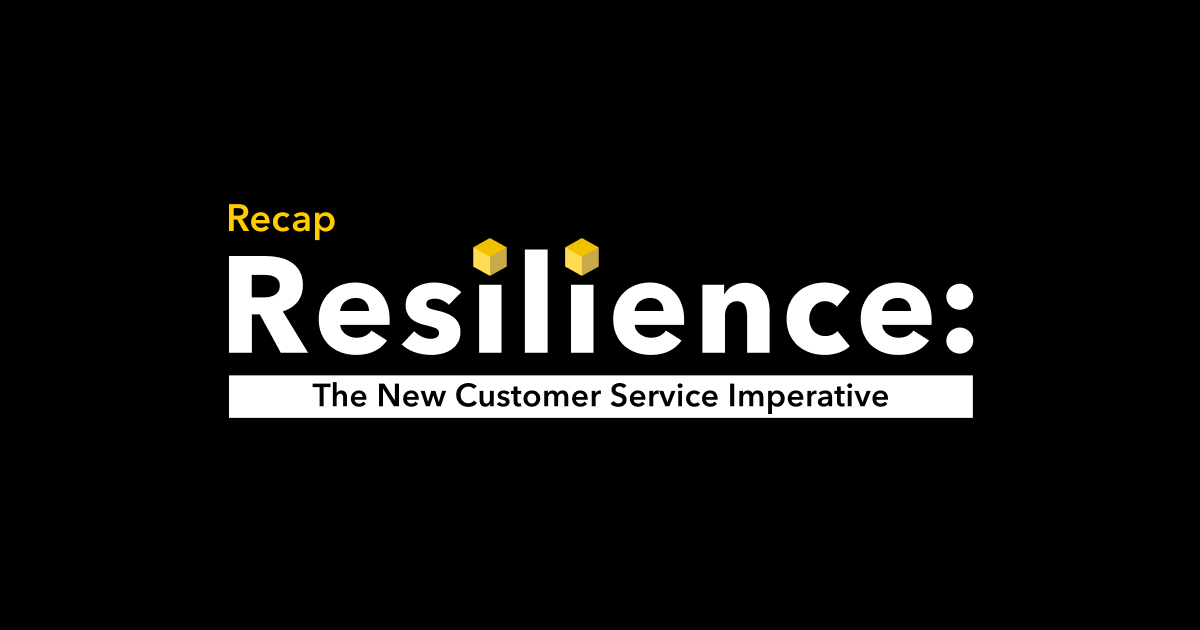COVID-19 is making us rethink all different aspects of our lives. Our daily routines. What we eat. How we socialize with friends and family. What we do for fun. Where we live. And of course, how we work.
The thing is, our shifting habits and how we live won’t just return to the old way when this pandemic eventually passes. Some changes will be permanent. When it comes to how we work, more of it will be remote. Fewer people will work in traditional full-time jobs.
From a legal perspective, the gig economy has grown far beyond a niche, as evidenced by the State of California’s efforts to classify and protect gig workers. The state passed a law in 2019 (California Assembly Bill 5) that holds companies to a three-part test to determine if workers are independent contractors or employees. And a California voter initiative (Proposition 22) successfully passed last week, which officially classifies app-based drivers as independent contractors and not employees.
Many leading companies are fully embracing this gig workforce shift. In the short term, remote work has become the only way for many companies to operate — something gig and freelance workers are already accustomed to. Tapping into specialized expertise — for short-term, part-time, or ongoing gig work — can be a more effective way for businesses to improve aspects of their operations.
In customer service, this is especially true. The gig economy gives companies flexibility. While BPOs and call centers with fixed staff struggle to keep up with unexpected surges in volume, gig networks can much more easily scale up and down to account for seasonality — or unexpected events such as a product defect or outage. Or even a pandemic.
Worker interest in gigs is growing. COVID-19 has likely accelerated it
According to a Harvard Business Review report from a few years ago, only 7% of U.S. workers were part-time or freelance in 1995. That number increased to 35% by 2016 — and the report projected gig/freelance workers would reach 43% by 2020. Of course, that report didn’t account for COVID-19. We won’t know for certain the measurable impact of the pandemic on jobs until we’re out of it.
We do know that COVID-19 left many jobless and slowed many types of work. It also has led to a dramatic increase in remote work — something that big companies such as Google and Facebook are now publicly embracing as a permanent change. Meanwhile, the available work for some types of gig workers may have temporarily decreased. But there are indicators that worker interest in gig and freelance work has increased, especially as a pandemic influences our priorities.
A recent study from Upwork showed a big spike in registered freelance-work seekers in the early days of the pandemic. “The demand for remote freelancing work is clear at Upwork, where weekly freelancer registrations rose above 50% of normal in the early period of the pandemic,” wrote Upwork’s Adam Ozimek.
According to staffing company GigSmart, worker demand for its apps increased by 25% between Mid-March and mid-July. And a company representative from Wonolo, an on-demand staffing platform that connects workers with companies seeking immediate labor needs, told us that the pandemic has driven a surge in workers seeking short-term work.
University of Georgia professor Dr. Brianna Caza, who’s been studying the gig economy for nearly a decade, recently said there’s “rising interest in the gig economy from those who were not previously working independently.” She added, “I think there may also be psychological factors that are motivating people to investigate options in the gig economy. The sense of autonomy one gets by being an independent worker might be valued more as we see organizations potentially shutting down (because of COVID-19). Some might be less willing to rely on somebody else, like an organization, for their financial viability.”
A study about the freelance market released late in 2019 found another important shift: Half of freelancers now see their gig work as a long-term career choice rather than a temporary way to earn some income. In 2014, nearly twice as many viewed their freelance work as a temporary choice rather than a long-term one.
The pandemic is a change agent for companies’ approach to the workforce
So, if workers are more interested in the flexibility that comes with gig work, what does it mean for companies? For one, It’s an opportunity to tap into talent that is not otherwise available in the full-time workforce.
“Companies that want access to skilled professionals who are proactively training themselves and incredibly self-motivated should turn to independent professionals,” said Stephane Kasriel, president and CEO of Upwork, in a press release about their 2019 study. “The future of work is now, and they are leading the way.”
Meanwhile, data suggests that many companies are increasingly turning to the gig workforce in the wake of the pandemic.
According to Wonolo, more companies than ever are seeking gig workers on their platform heading into the holiday season. The Wonolo platform has seen a 475% increase in e-commerce related gig requests for Q4, as compared to 2019. Companies are posting mostly for workers in fulfillment, warehousing, merchandising, and general labor, according to Jared Favole, Wonolo’s head of public policy and media.
Upwork has seen a 50% increase in businesses registering on its platform since the start of the pandemic, in an effort to find freelancers.
During a recent Directly webinar (“Building the Support Model You Want & Your Customers Need”), Forrester analyst Ian Jacobs said the pandemic has been an accelerant for companies re-thinking labor models. “A lot of the changes we have seen because of the pandemic were actually an amplification of things that were going on before the pandemic,” Jacobs said.
Why gig for customer service? Flexibility and scale in the face of the unknown
COVID-19 shut down contact centers around the world, creating an unprecedented customer service crisis as companies quickly tried to mobilize their agents and completely reboot BPOs operating in brick-and-mortar facilities. Many have been forced to decentralize their approach to the contact center.
During the early days of COVID-19, some of our customers quickly and successfully diverted customer support instances from ones typically handled by call centers to our Directly experts. Highly qualified individuals within the gig economy can easily scale up and down, as needed, in a fraction of the time it would take to properly onboard a fixed team of call center agents.
As challenging as this time has been, we think it’s a tremendous opportunity for customer service organizations to reevaluate how they provide customer service — not just with new AI technology, but with people. Because, from our experience, crowd experts — who have practical experience with a product and are accustomed to working remotely — are better suited than call center agents and BPOs to answer many product-related customer service questions. We see the gig economy as an important piece to truly resilient customer support that’s flexible enough to respond to seasonal or unplanned surges.
“Treat this crisis as an opportunity for a blank slate, allowing you to design the ideal remote workforce and workflow and interaction channels,” wrote Jacobs in Forrester’s 30-60-90-Day COVID-19 Response Plan For Customer Service, “rather than just replicating what you had in your brick-and-mortar contact centers.”
_________________________________
About Directly
Directly delivers world-class customer service for leading Fortune 500 brands. Directly’s crowd platform harnesses thousands of independent experts and best-in-class AI technology to automate common customer questions and deliver world-class customer service that consumers love. Companies like Airbnb, Microsoft, and Samsung partner with Directly to improve the customer experience, boosting CSAT by 20%, while significantly reducing contact center volume and saving millions per year. Contact us to learn more.



